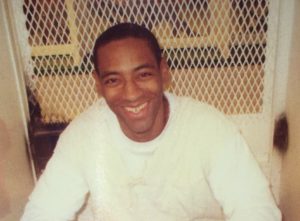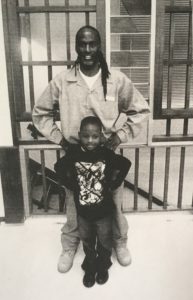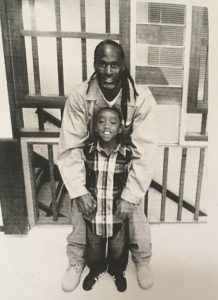It’s easy to misunderstand exactly how we are housed on death row, because we are not actually ‘classified’ as solitary confinement, nor housed as such. As death row inhabitants, we are classified under ‘administrative segregation’, a status that is reserved as punitive under TDCJ ID guidelines for behavior, gang membership and chronic disciplinary violations.
Regardless of whether or not a death row prisoner is an ideal inmate or not, they are permanently housed under these guidelines, with no arbitrary process to be removed from restrictions of movement and access. General population prisoners who are housed under the same punitive Administrative Segregation status are afforded the opportunity to go through courses created by TDJC ID in order to be removed from under the restrictions of Administrative Segregation. Death-row prisoners are not given the same chance of removal to a less restrictive classification. They are permanently ‘segregated’ and live under all the restrictions that entails. We are not classified as solitary – and yet it feels very solitary, with no chance at relief.
On death row, we are allowed to come out of our cell five days per week for solitary recreation, Monday through Friday, for two hours each day. On the weekends we are confined to our cells 24 hours per day. Over the course of a year, the weekends have us confined for 104 days, 24 hours per day. Throughout the year, we have four lockdowns for shakedowns of prison cells. During this time, all the cells are searched for contraband, and everyone is confined to their cell 24 hours a day until it’s over. The first and third lockdown of the year includes 12 buildings – death-row and segregation – and lasts seven to ten days. The second and fourth lockdowns include the entire prison and lasts 21 to 28 days.
Between the weekends and the lockdowns, we are confined to our cells 24 hours a day for approximately 164 days of the year – if you are a model prisoner. If you were to get written up for violating a prison rule, such as not saying ‘yes, sir’ and ‘no, sir’, or using vulgar language, or refusing to groom, the number of days you are confined in a cell 24 hours per day can easily climb to over 200 a year.
On death row, we are not just fighting to not be executed, we are also confined in a prison within a prison at the most restrictive level possible. Any violation of prison rules relegates you to even more in-cell confinement.
This is because death row prisoners are subject to a form of restriction and confinement under a classification designation that none of the other 150,000 Texas prisoners fall under. The spokesperson for TDCJ ID has glossed over conditions on death row when it was expressed that prisoners are no longer housed in solitary confinement.
From one standpoint, the difference between death row confinement and solitary confinement is great. Solitary confinement, when it was used, was a temporary status for general population prisoners being punished for disciplinary infractions. Solitary’s use was confined to fifteen days per write up or disciplinary case. No matter how severe the infraction, the punishment was not permanent.
Death row’s restricted status is permanent and therefore, a lot worse than solitary confinement. I hear the media continue to identify our status as solitary confinement, which gives people a false understanding of our circumstances. We have no outlet here on death row. The years – not days – continue to pile up as we sit inside our cells, subject to a punishment based classification status.
 ABOUT THE WRITER. Travis Runnels, is a published author, and is currently working on his second novel. He lives on Death Row.
ABOUT THE WRITER. Travis Runnels, is a published author, and is currently working on his second novel. He lives on Death Row.
Travis Runnels #999505
3872 FM 350
Livingston, TX 77351
![]()

 Last night I dreamed I was dying. Not from illness or old age – I was going to be executed by lethal injection. It all happened so fast. One moment I was living my miserable, yet consistent seventeen years of incarceration. The next thing I knew, my number was up.
Last night I dreamed I was dying. Not from illness or old age – I was going to be executed by lethal injection. It all happened so fast. One moment I was living my miserable, yet consistent seventeen years of incarceration. The next thing I knew, my number was up.



 My best friend, my protector, my teacher, and my inspiration in anything I ever accomplished or failed at was my father. His name was Bob. If I had known I would only have him in my life for twenty-seven years, I would have crammed more time into each and every day. But none of us know exactly when we’re going to leave or how much time is allotted us.
My best friend, my protector, my teacher, and my inspiration in anything I ever accomplished or failed at was my father. His name was Bob. If I had known I would only have him in my life for twenty-seven years, I would have crammed more time into each and every day. But none of us know exactly when we’re going to leave or how much time is allotted us. It’s funny how that happens. You live life forward, but you learn from it backward…
It’s funny how that happens. You live life forward, but you learn from it backward…